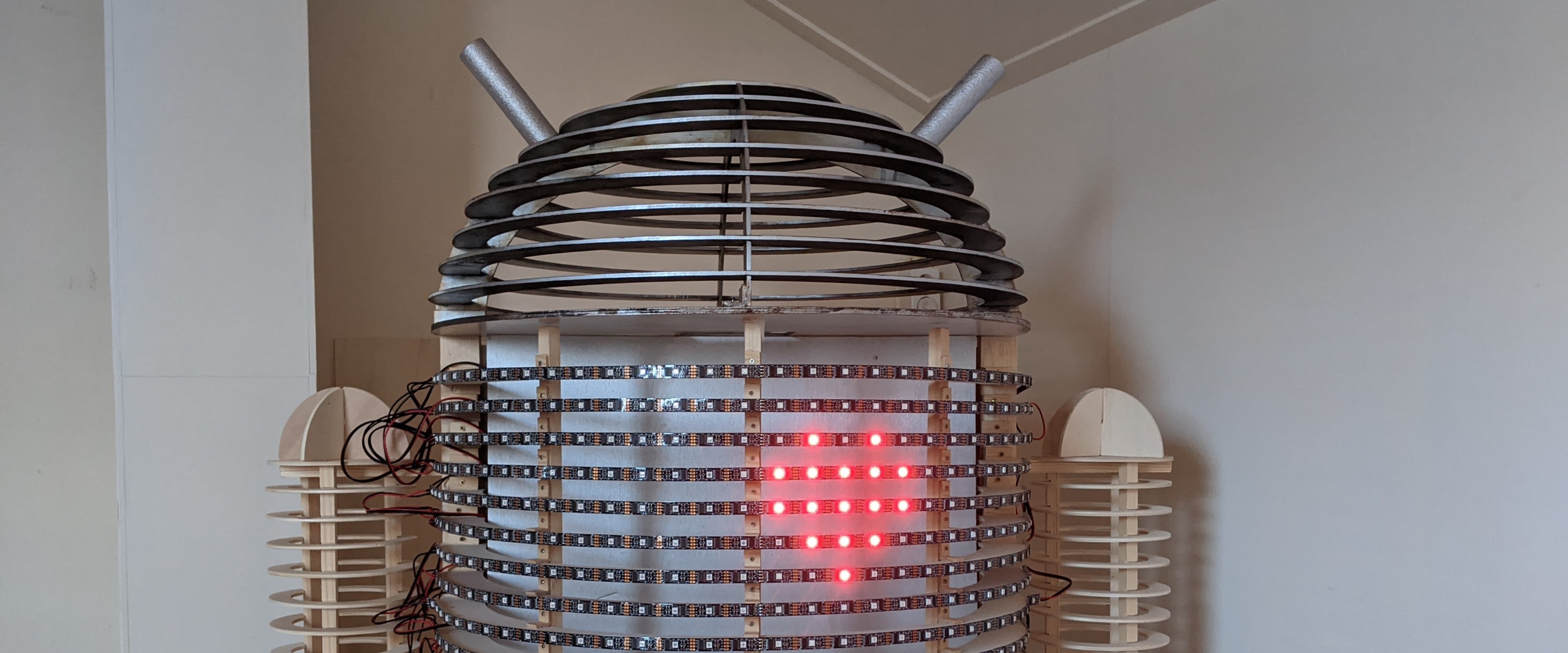Cooking up a new approach to Mennonite food

When Googler Jo Snyder was 20 years old, she left her family crop farm outside of Kitchener-Waterloo, Ontario, with a backpack, a guitar and a bike. She got on a train, traveled 30 hours to Winnipeg, Manitoba, enrolled in university and later started a punk rock band. She was the first one in her “pretty big, close and liberal Mennonite family” to move away (and is certainly the first punk rocker among them), but the values of her upbringing stayed with her. She still values community, kindness, and, well, food.
Many Mennonites are farmers, and traditionally their diets rely heavily on meat, eggs, dairy and seasonal produce. One recipe book — “The Mennonite Community Cookbook” — has been called the “grandmother” of all Mennonite cookbooks and has taken residence in Mennonite kitchens for generations. First printed in 1950, it’s a collection of 1,400 recipes from Mennonite communities across the U.S. and Canada compiled by its author, Mary Emma Showalter.
Jo’s Grandma Lena, who grew up in Floradale, a rural community in Southwestern Ontario, and was raised an Old Order Mennonite, was one of many to own “The Mennonite Community Cookbook.” After she died, Jo — who has been a vegetarian for 25 years and vegan for the last 10 years — inherited her well-worn copy. In 2018, flipping through the book, she was inspired to make plant-based versions of the recipes her family loved growing up.
“I wanted to remember and pay tribute to my grandmothers but I wanted to do it my way,” Jo says. “I wanted to take the things that are beautiful about a community cookbook with traditional recipes and local food and take it forward into a culture that could be thinking about a different way of eating.”
She spent two years hosting dinner parties and asking for feedback (“Too dry? Too salty? Do you even like it?”). Throughout, she kept a detailed spreadsheet and more than 100 Google Docs containing recipes she constantly tweaked. She shared the Docs with friends and family, asking them to attempt the recipes and see if they worked.
“I think the way I made and tested these recipes embodied the spirit of the book and the Mennonite community in a very important way,” Jo says. “I brought people together around my dinner table — often people I hadn’t seen for a while, or people who didn’t really know each other.”
After three years of testing and refining, “The Vegan Mennonite Kitchen” was published in March this year. Containing more than 80 recipes, including vegan versions of classic dishes like Fried Seitan Chick’n and the simply titled but rather ambitious “Ham,” the book also weaves in stories from her childhood in Southern Ontario.
“Grandma Lena would have been interested to see what I was doing and maybe would have corrected me a little bit,” Jo says, thinking of how her grandmothers would have received her book. “My grandmother Marjorie would have been delighted. She would have been very excited by the idea and flattered to see her recipes shared.”
Want to try one of Jo’s recipes? She suggests trying your hand at an old classic — Dutch Apple Pie.

Hands down my favorite pie. It’s sweet and creamy. When I was a kid I worked at the St. Jacobs Farmers’ Market stall for the Stone Crock Bakery and we used to make giant trays of these and cut them into big squares. Every Saturday morning I would waffle between a tea ball sprinkled with cinnamon sugar, a warm veggie cheese bun and one of these delicious squares. The Dutch Apple Square almost always won. Here is the original, but plant-based, pie version. - Jo





